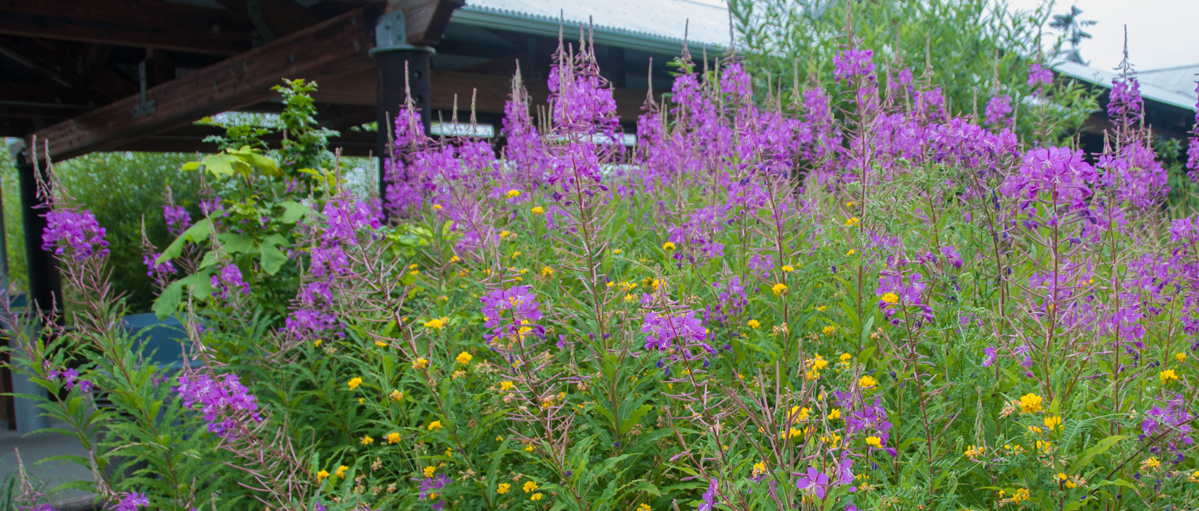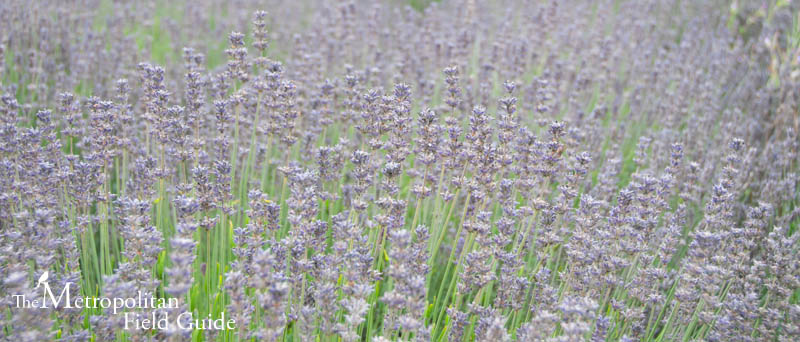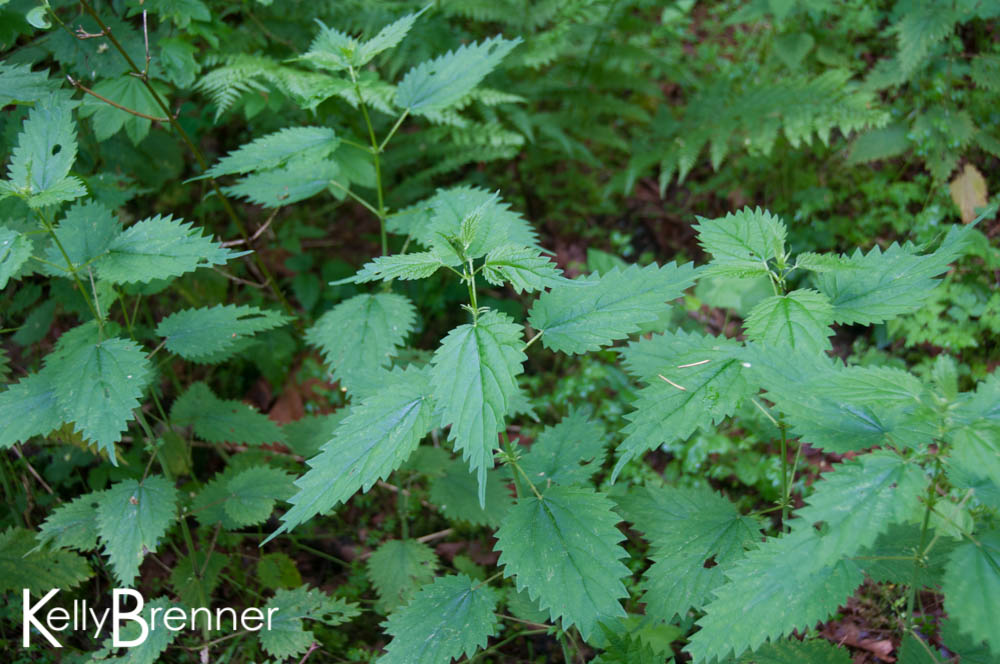Lupines (Lupinus) are members of the pea family (Leguminosae) and there are many species native to the Pacific Northwest. In fact Lupinus and Trifolim (Clovers) together make up the largest genera in the family in the Pacific Northwest. Some of the species include Nootka lupine (Lupinus nootkatensis), Large-leaved lupine (L. polyphyllus), Silky lupine (L. sericeus) and Small-flowered lupine (L. polycarpus). Lupine’s are one of those plants that make it easy to convince people to create habitat. Their structure, leaves and flowers are beautiful and colorful, they bloom for a good length of time, and there is likely a species for most different habitat types. Indeed, Arctic lupine (L. arcticus) grows in subalpine elevations and the Seashore lupine (L. littoralis) grows down to the immediate coast. Some species grow in dry soils while others grow in wetlands. Flowers vary in color from blue and purple to white, pink or red and leaves vary in shades of green as well as in texture. They range from very short in stature, to upwards of 3′ high and a mass planting in a wetland can be stunning.
The roots of the Seashore and Nootka lupine were eaten by several groups of local tribes by roasting them or drying for winter use. However, not all lupine’s can be eaten, many species are poisonous because they contain toxic alkaloids. Large-leaved lupine or Bigleaf lupine is a popular garden ornamental species and has been cultivated to produce a variety of colors and shades. The seeds are easy to germinate and in a landscape setting they work well in wildflower borders or moist meadows. The Large-leaved lupine is listed in the Oregon Rain Garden Guide (PDF) as a good plant for rain gardens in all Oregon regions listed and as an added benefit, it fixes nitrogen in the soil.
Wildlife Value
Lupine’s span the range of wildlife they benefit from mammals to birds to insects. One of the largest, the Grizzly Bear, will feed on the roots of the Nootka lupine, and according to Plants Of The Pacific Northwest Coast, they have been known to “make large feeding excavations on north coastal estuarine marshes where both lupines and bears thrive.” On a smaller scale, lupine’s will also attract hummingbirds and butterflies while songbirds and small mammals will eat the seeds the plant produces. The bean-like seeds are also valuable to a variety of game birds. In addition it’s listed on Pacific Northwest Plants for Native Bees (PDF) from the Xerces Society as a good bee plant.
The lupine has a long history with several species of Blue butterflies such as is the case with the Kincaid lupine (Lupinus sulphureus ssp. kincaidii) and Fender’s blue butterfly (Plebejus icarioides fenderi). Kincaid lupine is a threatened plant that serves as the primary larval host plant for Fender’s blue butterfly. Unsurprisingly, the Fender’s blue butterfly is also endangered, and in fact was thought to be extinct in Oregon until it was found again in 1989, after not being seen in over 50 years. The butterfly is endemic to the Willamette Valley in Oregon. One of the only places Kincaid lupine is found is also in the Willamette Valley in Oregon. Part of the reason for its current state is the loss of habitat to agriculture and urban development as well as invasive species such as Scot’s Broom and Himalayan Blackberry.
Lupine’s are also the host plant of other Blues, one of which has gone extinct. The Xerces blue butterfly once lived in San Francisco and several species of lupine were among their larval host plant. The Xerces blue has been extinct since 1941, another victim of habitat loss. A species closely related to the Xerces is the Karner blue, which is also endangered despite it’s wide range throughout much of North America. One of the Karner’s larval host plants is the Sundial Lupine (Lupinus perennis), which also has a wide geographic distribution. Sundial lupine also serves as a host plant for Frosted Elfin (Callophrys irus) and Elf (Microtia elva) butterflies. Additional butterflies that use lupine’s for larval food plants include Afranius duskywing (Erynnis afranius), Wild Indigo Duskywing (Erynnis baptisiae), Persius Duskywing (Erynnis persius), Arrowhead Blue (Glaucopsyche piasus), Boisduval’s Blue (Plebejus icarioides), Shasta Blue (Plebejus shasta), Silvery Blue (Glaucopsyche lygdamus) and Sooty Hairstreak (Satyrium fuliginosum).
Further Reading::
Plants Of The Pacific Northwest Coast: Washington, Oregon, British Columbia & Alaska (Book)
Butterflies through Binoculars: The West A Field Guide to the Butterflies of Western North America (Book)
Caterpillars in the Field and Garden: A Field Guide to the Butterfly Caterpillars of North America (Book)







Great info on lupines, Kelly. I am a sucker for blue and purple flowers, so lupines have always been favorites of mine.
I didn’t know about the link between blue butterflies and lupines. Just shows how when we lose one species, we often lose one or more other species that are closely associated with the first.
Thanks for visiting Ivan,
You’re absolutely right about how connected everything is. I didn’t even get into how ants figure into these relationships. Although maybe I should have. Ants tend some species of Blues such as the Karner blue, and harvest a sugary liquid the caterpillar produces. It’s believed the ants help keep them safe from predators and parasites in turn. Another part of the story of the Xerces blue was that the native ants which tended their larvae, had been displaced by an ant from South America. Another aspect which could have also factored into the demise of the Xerces.
Hi ,
I’d like to transform a sunny backyard in Eastside into wildflower meadow & read your article.
Where can I buy bulk lupine & other meadow seeds or can you refer a gardener to help me? I am a beginning garden & yard is a pretty good size.
Thank you
Pamela
Hi Pamela, your best bet would be to try the Native Plant Society. If you’re in Washington state, contact the Washington Native Plant Society. http://www.wnps.org/